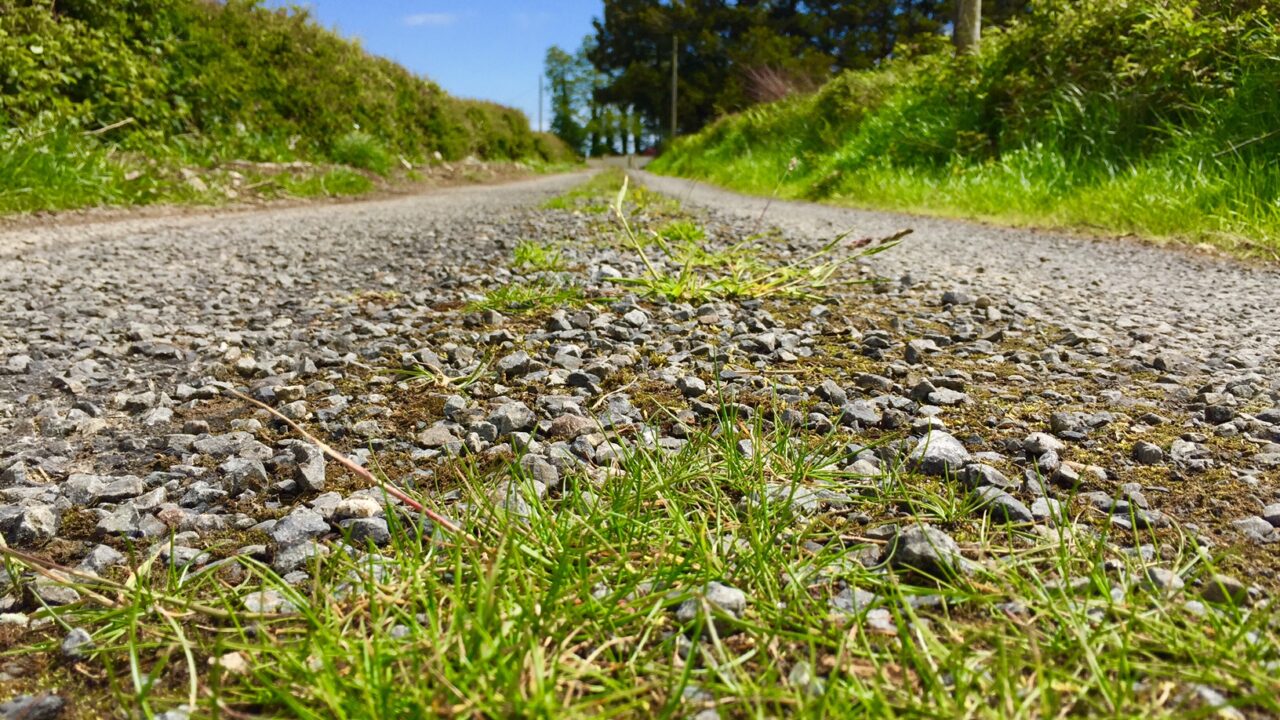A senator has called for road surveys to be included in tree-felling licences so that local authorities are not left footing the bill if routes are damaged by heavy forestry vehicles.
Martin Conway told the Seanad that a lot of forestry will be ready for felling over the coming years in his native west Clare.
However, he said that roads in the area, which are largely built on bog, are not able for the heavy goods vehicles (HGVs) used to transport the timber.
Conway explained that the council may have resurfaced a road only for Coillte or a private forestry company to be granted a felling licence and “essentially, wreck the road”.
“This has caused a major problem for people who live in the area; farmers and families who used the roads and the local authority. There’s no comeback for the local authority in terms of compensation,” the senator outlined.
Road surveys
Conway claimed that commitments had been given by Coillte in relation to roads in Mayo and Kerry but added that a proper plan for reconstructing roads post-felling is needed.
“What I am proposing is that when a licence is being issued to Coillte or anyone else to fell trees that there should be a condition within that licence that there will be a pre and post-road condition survey carried out,” the senator said.
He also proposed that an agreement could be reached in advance of the felling about what condition the road is to be left in.
The senator added that a commitment on funding or compensation should be given by the forestry company carrying out the felling and should be factored into their budgets.
“We need these state agencies and private companies all working in tandem and we need to ensure that everybody knows what’s happening,” he remarked.
Conway said that the proposal, which originally came from council engineers in the West Clare Municipal District, would ensure that local authority funding is used where it is needed and not for roads destroyed as a result of tree felling.
Licensing system
In response, Minister of State with responsibility for forestry, Pippa Hackett said that her department “is not seeking to involve detailed public road management issues within the current fellng licensing processes”.
“There are already a number of safeguards and measures in place to protect the public road network, and good communications planning and management are central to implementing these.
“Currently, all applications involving clearfell are referred directly to the relevant local authority for comment,” the minister explained.
She outlined that once licences are issued, the safe use of roads and damage prevention is a matter for local authorities, An Garda Síochána and the licensee.
The minister said that a good practice-management guide was developed by the forestry industry and local authority representatives.
She added that variable tyre pressure for timber transport vehicles and the use of optimal routing technology is supported by the department.

Minister Hackett acknowledged that there is a “strong need” to ensure that the new requirements for consultation are implemented properly by all parties
“Sufficient safeguards and measures exist to protect the public road network and all stakeholders need to focus on the implementation of these to ensure that timber transport can be conducted sustainably on and off our public roads,” the minister concluded.
Senator Conway said that he was disappointed that the minister’s reply was “not stronger”.
The senator questioned if there were penalties or consequences for a failure in communication.
“What are the safeguards? What’s the auditing of these organisations? Are they spot checked? Are local authorities communicated with post the tree felling to see if they were satisfied with the level of communication?” Conway asked.
The senator claimed that communication from some companies with Clare County Council “is practically non-existent”.
Minister Hackett acknowledged that there may be scope to examine the quality of communication that is currently taking place as the movement of timber will be increasing in the next decade.
